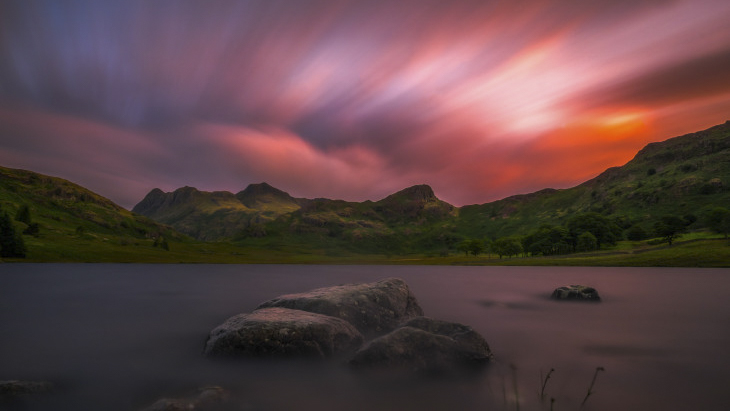Welcome to our series of 100 interviews we will be holding with professional photographers who use mirrorless cameras for work! “Switching to a smaller and lighter system” has become somewhat of a buzz phrase as of late, but many working photographers take this philosophy seriously. From medical reasons such as resolving back and shoulder pain to the simple realisation that bigger does not mean better, photographers are turning to mirrorless systems now more than ever before.
This week’s interview is with Verity Milligan, a British landscape photographer who is best known for her beautiful series of images that depict the city of Birmingham (UK). While her preferred genre is landscape, she also engages in travel, wedding, portrait and commercial photography.
Visit Verity’s photography website
Follow Verity on Twitter | Flickr | Facebook
All the images contained in this article are property of Verity Milligan.
Who is ‘Verity Milligan’ in three simple sentences?
I’m a photographer who has always been intrigued by the natural world. I’m an explorer of sorts, chasing light and landscapes wherever I go. I’m a student, of photography as an art form, and the world around me.
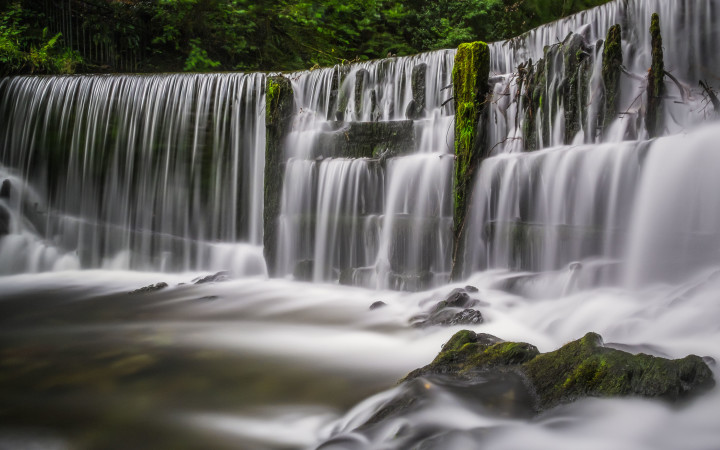
You are primarily a landscape photographer. What drew you to landscape photography in the first place?
I grew up in a small town where the countryside was accessible on all sides. My fondest memories of childhood come from endless days exploring the world around me, and cold mornings when my father would take me out to bird watch at the local reservoir. I’m happiest when I’m outdoors, even in the wintertime (although when I was a child I may well have protested).
During the summers, my parents would take us back to my mother’s hometown of Llanberis in Snowdonia and I think the sheer drama and beauty of North Wales had a massive impact on me. When I was a child my primary form of expression was through art and painting, and I wanted to be an artist when I grew up, but I was never quite good enough.
Eventually, when I picked up my first camera (Nikon D40), I reconnected with my love of the countryside, and landscape photography became the natural way for me to express myself creatively. Whenever I’m shooting landscapes, I’m fully in the moment, everything else dissolves and it’s just me and the beauty of nature.
Most of your landscape shots are taken at sunrise or sunset. Given that both subjects are considered somewhat cliché in the photography world, how do you go about creating a unique image?
It’s probably terribly naïve me, but I guess I never considered shooting at sunrise or sunset to be clichéd, although I can see why the photography world would see it that way. For me, it’s always been about the light, and those are the hours when I find the light most interesting, especially because it’s so unpredictable, you can never quite tell how the sky may develop. Although sometimes that’s frustrating, it keeps me interested, it keeps me excited. I’m always looking for a different perspective, or a new location, and I’m hungry to explore how I can turn a possibly benign moment into something spectacular.
Sunrises and sunsets are such a universal experience; we all connect to them on some level because it mirrors the rhythm of our own lives – the birth and the death of the day and where we fit into the whole chaotic structure; each sky already unique, each moment never to be repeated.
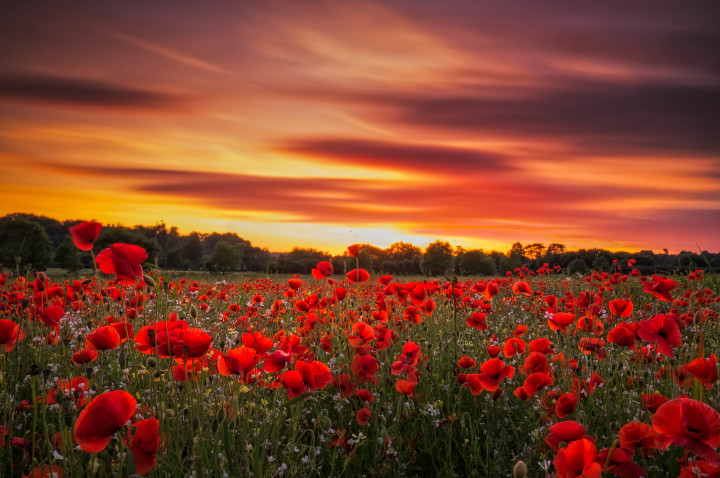
What steps do you go through in preparation for a landscape shoot?
It’s a bit of a process. I often don’t get it right the first time I visit a location (or if I do, then I know I can do better), so the first visit is a bit of a recce to scope out what might work. Then it’s all about the weather too; unless I’m hoping for a moody sky, I’m looking for something interesting such as fog, or just enough cloud cover for the light to bounce off. Sometimes light has a certain quality, where it makes everything it touches golden and ethereal. That’s the kind of light that inspires me. I prepare in the usual way too; batteries, memory cards, trying desperately not to forget something I will inevitably need. Working professionally really helps with that, it keeps you organized. I’ll try to get to a location with plenty of time to explore before the light is optimal, but sometimes I just wing it and see what happens. Half of what I love about photography is the adventure that comes with it, the element of discovery and exploration. Sometimes the journey is far more important than the destination.
Why did you choose the Fujifilm X-T1 as your main camera? Which lenses would you recommend to a budding landscape photographer?
If I’m honest, I stumbled into Fujifilm on a whim, but the whim has reasoning behind it. There’s something about the quality of the Fujifilm cameras and lenses that really captured my attention. I didn’t necessarily need a second camera, and I certainly didn’t anticipate that my Canon kit would take a back seat. Perhaps there is a cool factor right now, and I really do enjoy being part of the grassroots Fujifilm community as it enables me to connect with other photographers in a way that wouldn’t be impossible with the bigger, more established brands. When I started shooting with the 35mm f/1.4 it was rather a revelation. It’s probably one of the best lenses I’ve ever used, and it sold me on the kit as a whole. With regard to landscape photography, I’d certainly recommend the very inexpensive 18mm f/2 for anyone who wanted a wide to start, but when they feel ready, both the 14mm f/2.8 and the 10-24mm f/4 are excellent. I’m big into primes at the minute, but I’m sorely tempted to add the 10-24mm to my kit at some point in the future.
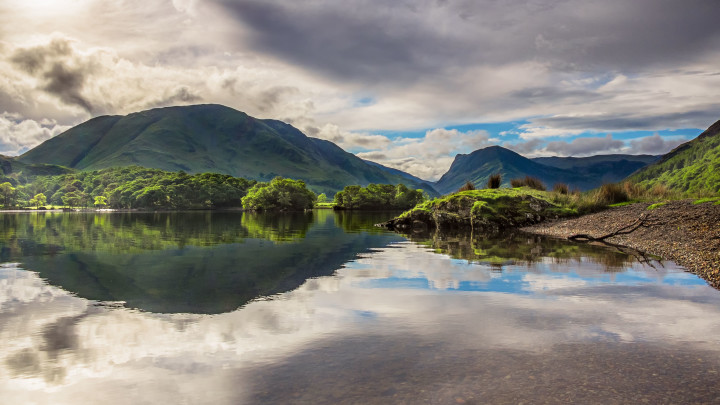
If you had to recommend three must-have accessories for your X-T1, what would they be?
I’d immediately recommend investing in a leather half-case, whether it be the official one or the (cooler) tan leather alternatives. I’m prone to dropping my cameras, so some protection is definitely needed. The second indispensible accessory for me also has to be the Fujifilm RR-90 shutter release cable. I take a lot of long exposures, so it’s pretty cool to have control over it with such a light and simple piece of kit. Finally, the Manfrotto Pixi tripod, although not strictly just for the X-T1, has been a really useful addition to my kit. I can take it anywhere and it it’s useful for on the go long exposures/low light imagery.
Is there any particular feature you find extremely useful for landscapes on the X-T1?
I didn’t think it would be, but the articulating screen on the X-T1 has been extremely useful, especially when I’m shooting low to the ground. I first had the opportunity to use the X-T1 properly when I went up to the Lake District, and I had a moment of joy at 5am on the edge of Buttermere when I realised that I didn’t have to lay on the ground to compose the shot I wanted, I could just flip the screen up and still compose the scene perfectly well without getting covered in mud. Always a bonus.
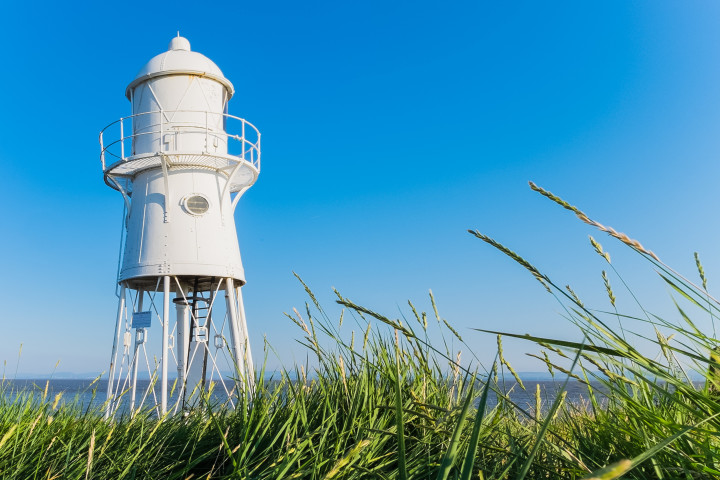
What has been your most challenging shoot so far with the Fujifilm X-T1? How did you overcome the difficulties?
It’s tough to think of a specific example, but if I’ve ever had any challenging moments, it’s usually to do with low light and ensuring I’m exposing correctly. That’s the learning curve of a camera like the X-T1, it forces me to hone my craft and learn the ins and outs of manual settings to ensure I get the best results from situations that are more challenging than the average setup.
You used to use the X-Pro1 for much of your landscape work. Are there any notable differences between working with the X-T1 and the X-Pro1?
Although it might not be a popular view, I’ve enjoyed using the X-T1 much more than the X-Pro1. The settings are much more accessible, robust and it feels natural in my hands, smaller than the chunkier X-Pro1. Virtually everything feels like an improvement, although ostensibly that’s a misnomer, because they are two very different cameras. I would never have sacrificed my Canon kit for the X-Pro1 because I would not have trusted it in certain scenarios. Little of that doubt remains with the X-T1, as for me it’s a more capable camera. This, of course, is my own humble opinion and I bring my own failings and inadequacies to each camera I use. Afterall, it’s the driver, not the vehicle.
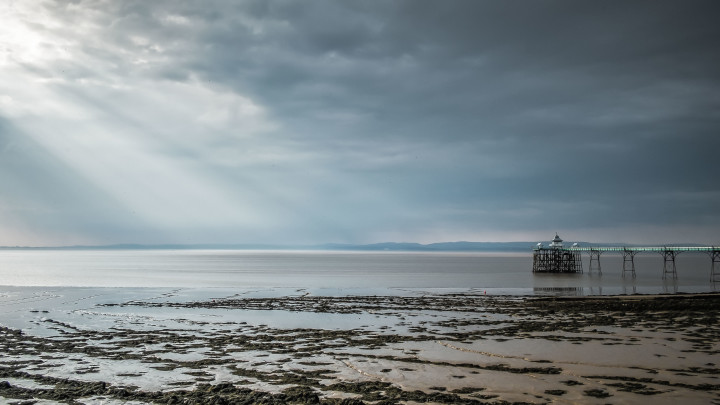
You recently received a lot of national media attention for your series of beautiful photographs of Birmingham, a city that has had a long-standing reputation as being one of the “ugliest” in the UK. Did you intentionally set out to change people’s perspectives of Birmingham through your photography, or did it happen by chance?
The success of my photos of Birmingham was a big surprise as it wasn’t something I expected. I’ve lived in Birmingham on and off for over a decade, and for a long time I struggled to fall in love with the city the way I have done with other places I’ve lived such as Bristol, but when I bought a house in Birmingham, it was time to make friends with my surroundings. I’m a big believer in making peace with the moment and place that you’re in, and decided that it was time to really start to explore Birmingham. As a result my perception began to change; I was living in a vibrant, cultural city full of amazing stories, people, and spaces, and what began as a personal project started to grow into something bigger. I have been overwhelmed by the response to it from the local community. I feel honoured to be a part of this city, to help restore pride in my surroundings and contribute to a national change in perspective. Birmingham is on the up and up and I’ve just glad to be part if it.
Your landscape images are always extremely dynamic and colourful. Could you give us some insight into your post-processing workflow?
I’m a big fan of colour and I see things in a vibrant way. I always try to stay faithful to my initial vision of a scene that I’m representing. In post, I have a two-stage process. I start in Lightroom and adjust whatever is necessary, occasionally using presets such as VSCO, for effect. If I’m hoping to get the best out of an image, Lightroom isn’t usually the perfect vehicle, so I’ll take an image into Photoshop where I have much more control over what I’m doing, especially if I’m trying to control certain elements and finite details (I’m also a fan of using luminosity masks). Towards the end of my workflow, depending on how much noise I’ve detected, I’ll pop an image through Nik Dfine which I find to be incredibly useful for removing noise whilst maintaining the overall integrity of an image.
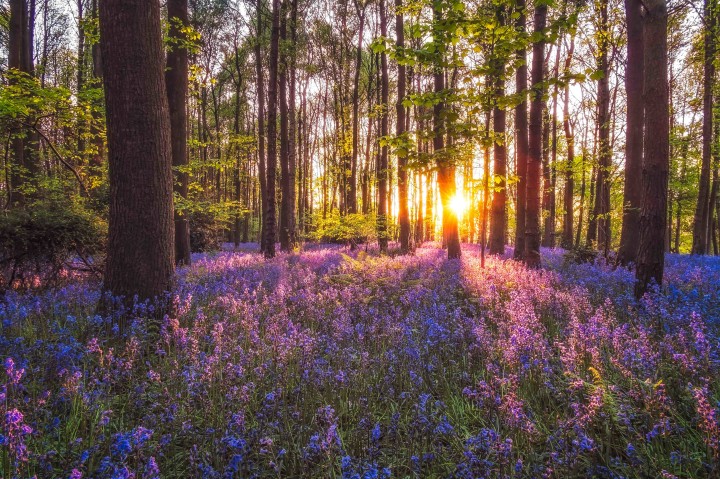
Next to landscape photography, what is your second favourite genre and why?
I love macro photography as it gives me an opportunity to get up close with nature and it’s a much more versatile genre, something that I don’t have to time necessarily, as I’m more in control of the conditions. This same applies to wildlife photography, although I haven’t quite got the patience for that. I prefer to seek something out rather than wait for it to come to me.
There are many great compact systems out there at the moment. If you hadn’t chosen to go down the Fujfilm route, would you have chosen another mirrorless system? Which one and why?
It was always a toss up between the Olympus and Fujifilm systems. To be honest, it still is. I really like the look and feel of the Olympus cameras, and I also like the way the company treats their photographers; that’s especially important to me. I could easily see me adding an Olympus OM-D E-M1 to my kit at some point. Olympus and Fujifilm both have that cool factor, but I’m also intrigued by the Sony A7, as the image quality seems to be superb.
Do you think mirrorless cameras will eventually replace the DSLR as the professional’s primary work system?
Tough question. At the minute I’m undecided. I haven’t entirely let go of my Canon DLSR kit because I trust it so much. That being said, I’ve used the X-T1 with the 14mm f/2.8 on commercial shoots and the results have been superb. Sometimes it’s about having the confidence to rock up to a shoot with a smaller camera, as there’s a real expectation that you’ll arrive with two bags and shoot with a large full frame body etc. However, if I can get the results, and the technology continues to advance (and Fujifilm keep adding pro lenses to their range), I can see mirrorless cameras certainly giving all competitors a run for their money.
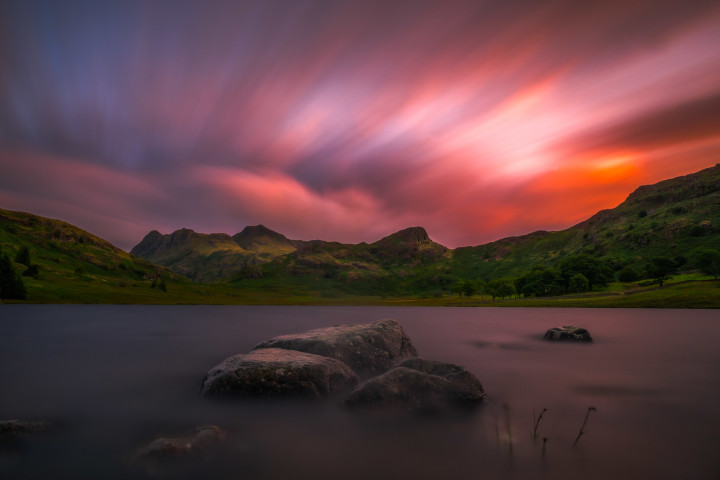
Have any questions for Verity about her landscape images or the X-T1? Be sure to leave her a comment below!
